Share this!
A Travel Guide to Madagascar, A Modern-Day Noah's Ark
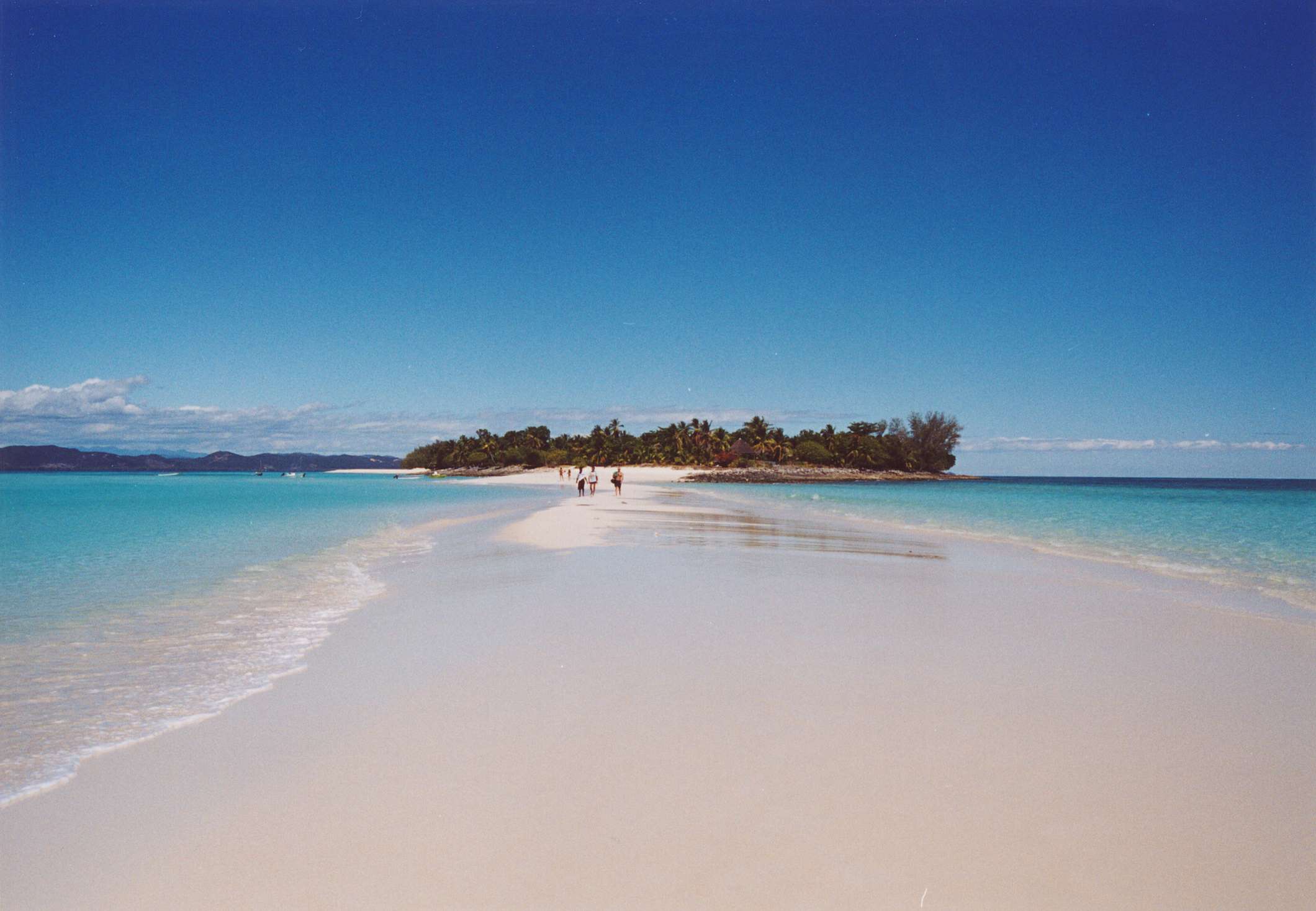
Whether inspired by the movie “Madagascar” and its sequels or the pictures of reef-fringed beaches on travel brochures, you will not be disappointed with Madagascar. A modern-day Noah’s Ark, Madagascar holds a lasting attraction for both, the romantic and the adventure traveler. With a 5,000 km-long coastline, a warm tropical climate, and a unique biodiversity; a Madagascar trip is a dream holiday packed with R&R, adventure and appreciation of nature.
Madagascar – The “Eighth Continent”
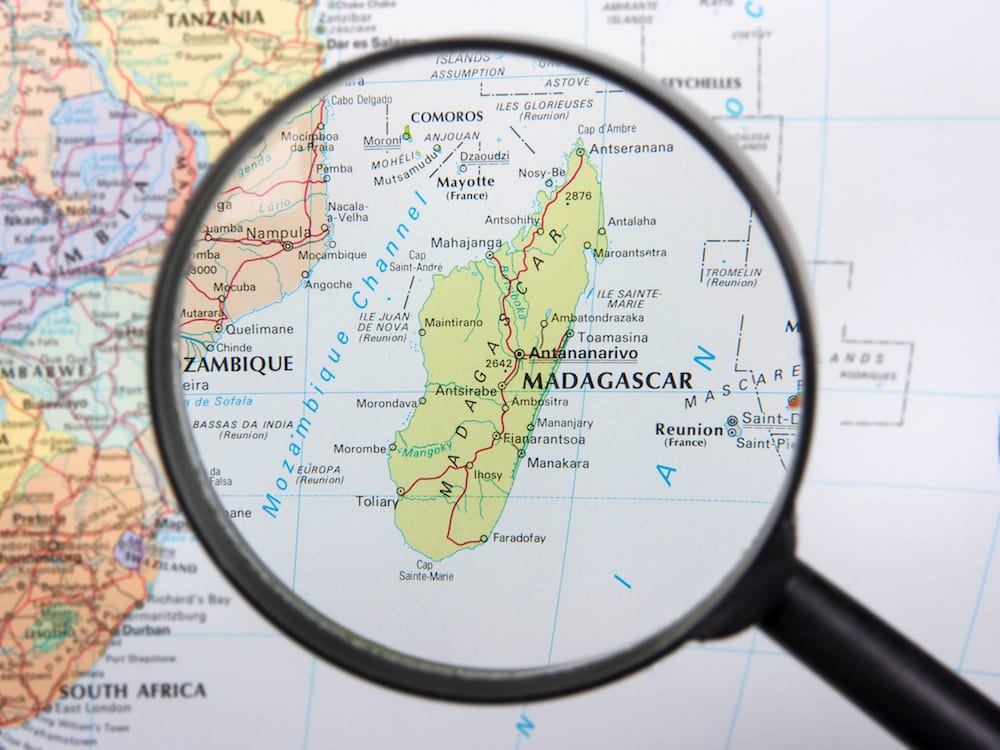
Madagascar is the fourth largest island in the world, as well as an island country. Its history of geological evolution and long isolation has resulted in a unique biodiversity, leading to the it being termed the “eighth continent” by ecologists. The topography is diverse, with central plateaus and mountains sporting spiny limestone forests and huge sandstone canyons; red-colored landscapes, and cascading hills leading down to narrow coastal plains. The lush rainforests and national parks are native habitats of thousands of unique plant and animal species. From the massive bottle-shaped baobab trees and the tall ravinala palms, to distinctive creatures like the ring-tailed furry lemurs, cat-like fossa, vividly colored chameleons or strange-shaped insects; Madagascar is a hotspot of incredible biodiversity.
There is more than the amazing flora and fauna. Madagascar boasts of beautiful powder- white beaches and long stretches of coral reef, blessed with rich marine life. Some of Madagascar’s coasts are also the breeding grounds of whales and turtles. With great year-round tropical weather, favorable waves and winds, Madagascar has become a sought-after holiday destination for its wide range of attractions and water-based adventures.
When to go
The climate varies as you move inwards from the coast to the inland plateau region, ranging from the tropical to the arid. Madagascar has two seasons – a hot, rainy season (November-April) and cool, dry season (May-October). The best time to plan a holiday is between April and November, when temperatures are cool and pleasant, and the roads navigable.
Where to go
Madagascar has some of the most diverse and dramatic landscapes. Each region has something unique to offer. You can tailor your itinerary to suit your tastes of adventure and nature appreciation.
Bemaraha Reserve
The Bemaraha Strict Nature Reserve is a UNESCO World Heritage Site known for its geography, mangrove forests, birdlife and lemur populations.
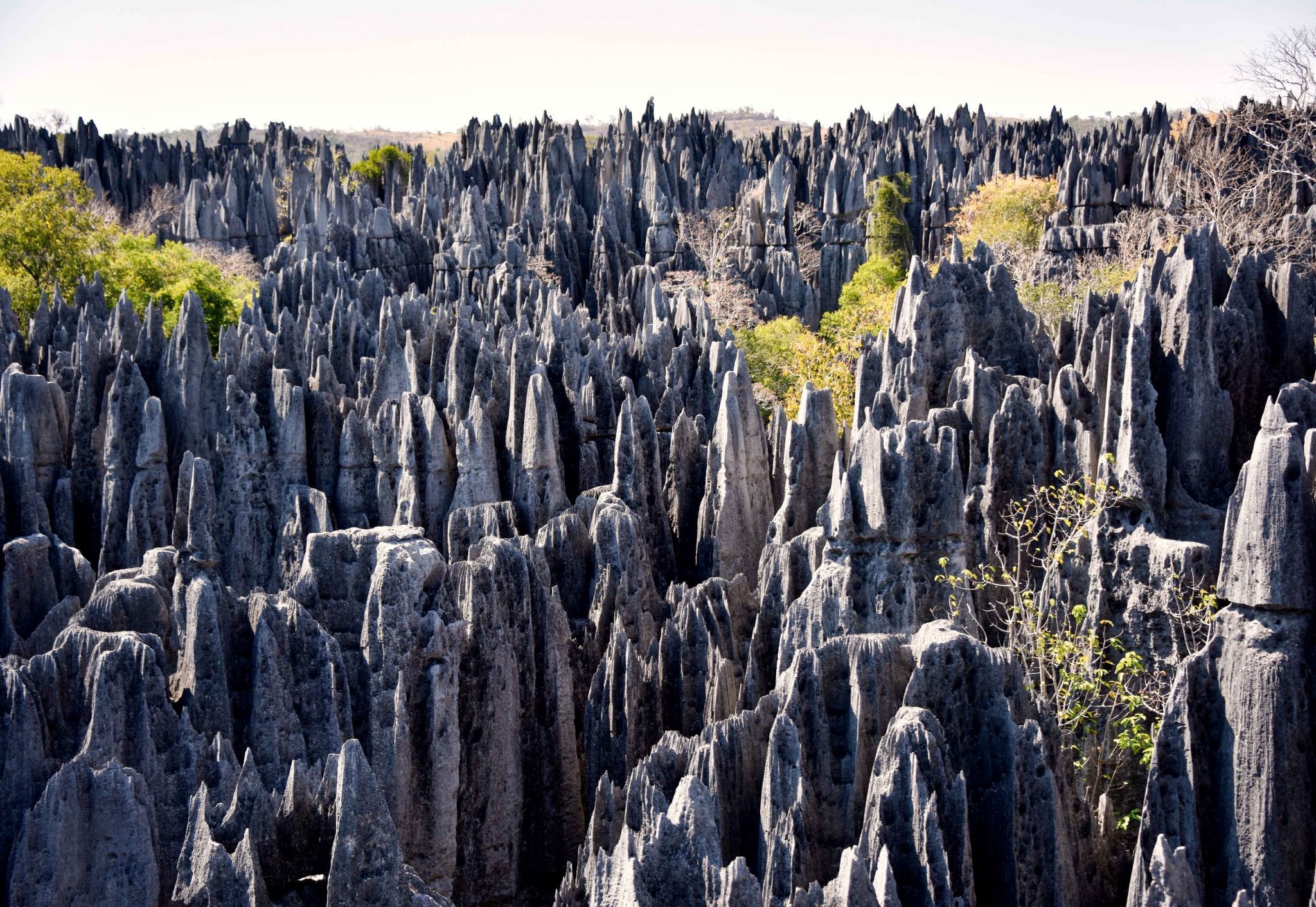
Tsingy de Bemaraha Reserve
This reserve is popular for the incredible sight of a vast landscape filled with sharp limestone formations called “Tsingy” and the surrounding river and wildlife. The “tsingy” is a relic from the past when the region was under the sea. Today the terrain is filled with limestone spikes and caves, eel filled pools, and fossils of ancient marine animals.
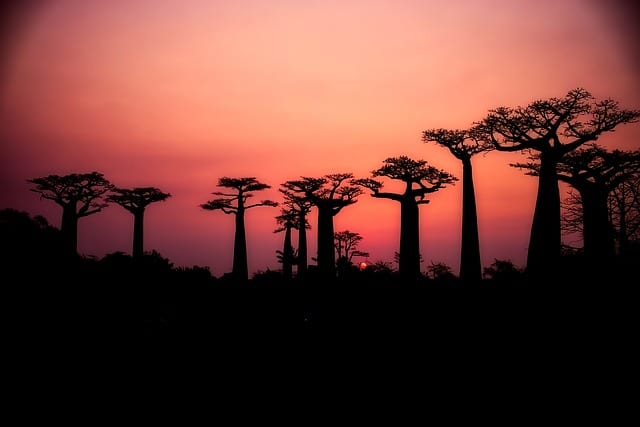
This “avenue” features on the list of every traveler for its amazing sight and photo ops. Considered one of the “7 Wonders of Africa”, the site is dotted with a grove of ancient baobab trees, some over 800 years old and more than 30 m high.
Archipelago of Nosy Be
This region gets the maximum tourist footfall for the palm-fringed white beaches, diving and snorkeling centers, the Nosy Tanikely Marine Park and Nosy Iranja strips of white sand.
Archipelago of the Radama Islands
The group of lush green islands is also blessed with a rich marine ecosystem. It is a favorite among scuba divers who like to combine catamaran cruising and island hopping, with diving.
Nosy Boraha
The Nosy Boraha is a popular sun and sand haven, with narrow strips of white beaches, sandy atolls and sheltered coves. It is a favored breeding ground of humpback whales between July and September. This is when the island plays host to whale watching excursions, boating trips to surrounding islands, and activities like diving, snorkeling and fishing.
What to do
An island that is naturally bestowed with rich biodiversity and wildlife, together with miles of beaches and reefs, has plenty to offer the traveler.
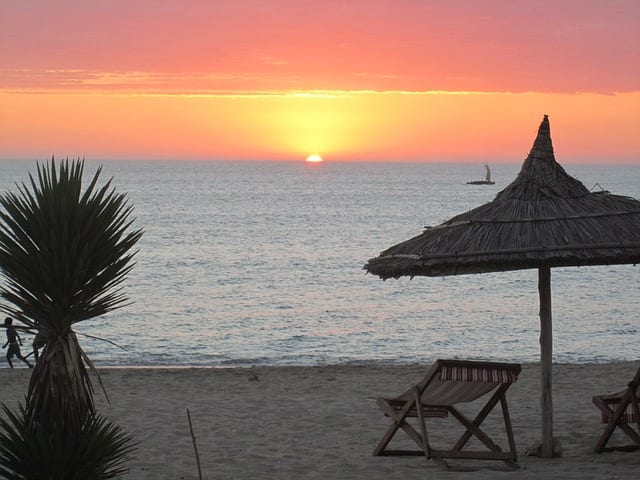
Swimming
Swim in the azure blue sea. Wade in the crystal clear waters surrounding islets and atolls and bask under the sun on unspoiled beaches. Combine with island hopping sailing excursions or swim with dolphins off the island of Nosy Boraha.
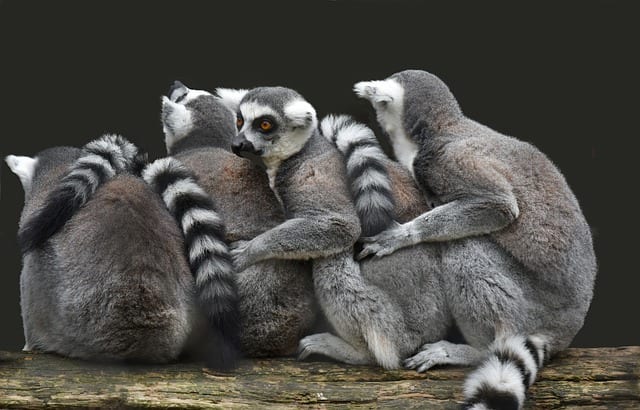
Check out the unique Flora and Fauna
The geological evolution of the island of Madagascar has created a biome that is isolated and primitive. With more than 80 percent of the flora not to be found anywhere else in the world, the many reserves and rain forests of Madagascar are a visual treat. You can expect to see hundreds of native species in this WWF labeled “richest ecological heritage in the world”. Some of the unique species that have proved popular with tourists are the native baobab species and the iconic ‘traveler’s palm’.
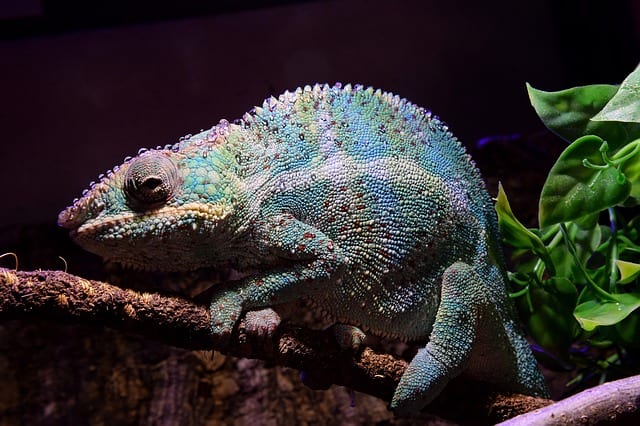
The island’s forests are also home to a unique fauna, with 8 species of small and 340 species of reptiles and amphibians of which 90% are endemic to the island country. The most popular are the native ring-tailed lemur and
Make sure to hire guides as the paths are not marked. Besides having your back, the guides will point out the unique plant species as you move and help you spot animals. Whether a peeping fossa creeps you out, or a Chameleon becomes the highlight of your night trek; a Madagascar holiday is definitely about the wildlife.
Kayaking and Canoeing
Take guided kayaking tours along the coastline of Sainte Marie or the lush mangroves and open lakes of the Luce Nature Reserve. Take a canoeing river safari to reach the Tsingy de Bemaraha or navigate the Manambolo River for the spectacular gorges and surrounding landscapes. A Madagascar adventure is not confined to the land and marine safari!
Hiking
The diverse landscapes of Madagascar offer various hiking and trekking possibilities. The Ranomafana National Park and the pristine rainforests of Masoalo Peninsula are the most popular hiking destinations. Look out for Orchids in the humid forests. Listen to the largest lemurs, the indris, sing their songs. Take a guided night walk on the Aye-Aye Island on Madagascar’s east coast to watch the amazing “aye aye” nocturnal lemurs. Hikes and treks in the Madagascar forests are an experience that goes beyond the photographs captured.
Diving
Diving enthusiasts favor the Ste Marie for wrecks, Ile Aux Nattes for coral formations, the Pagodas for large coral formations and fish species; and the islets surrounding Nosy Be, and Nosy Tanikely for the spectacular marine ecosystem.
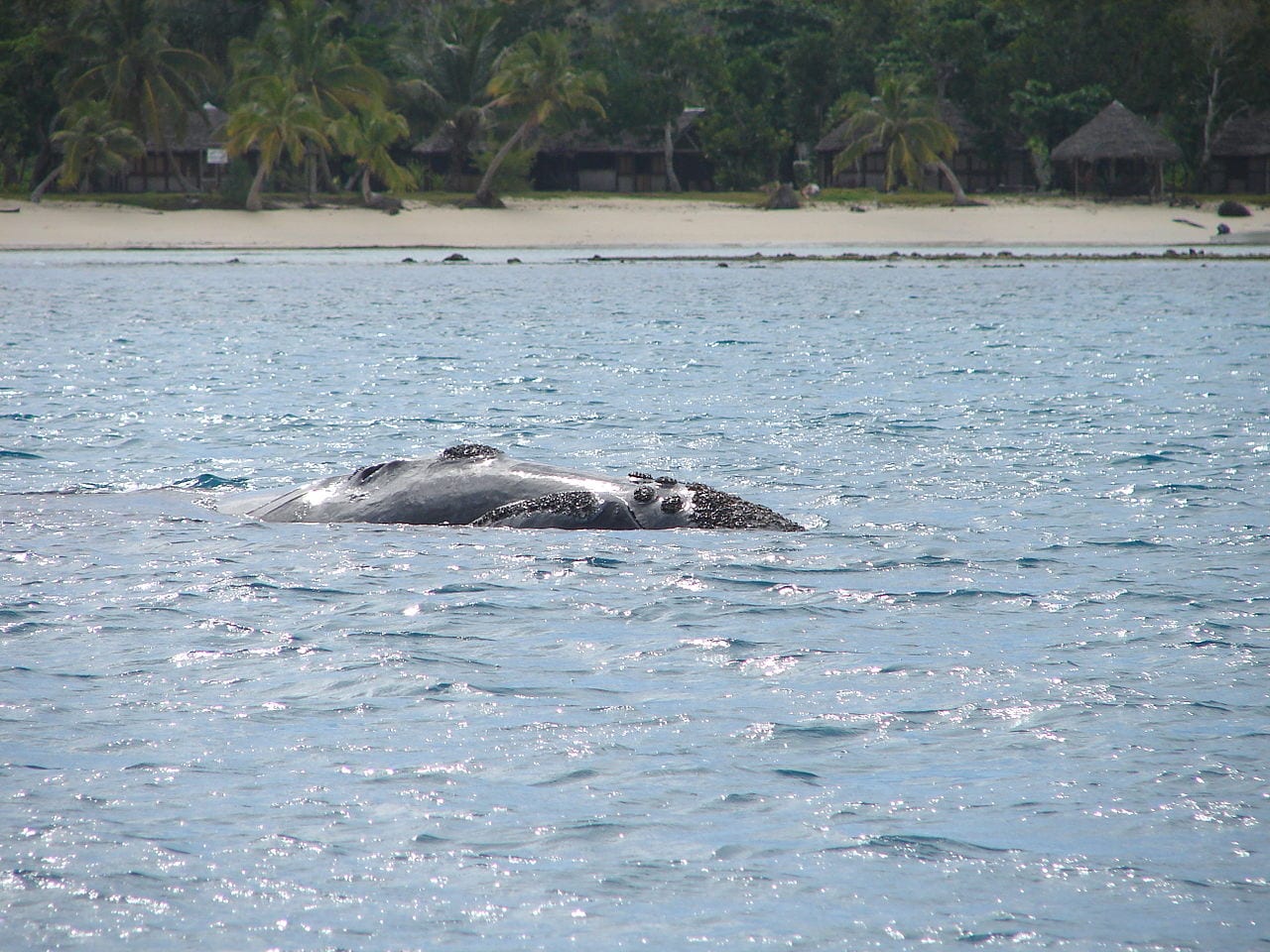
Whale Watching
From June to September, Madagascar’s warm waters become the breeding grounds for whales. Watch humpback whales “breaching” or frolicking with their young ones at Isle Sainte Marie, Fort Dauphin, the Nosy Be and in the Antongil Bay.






